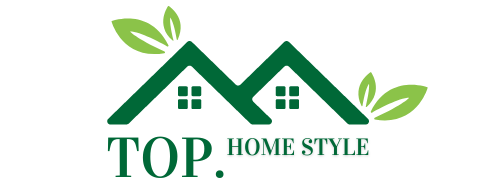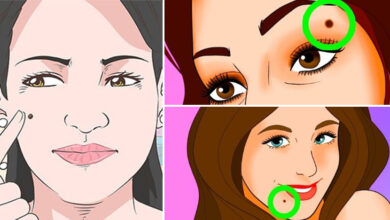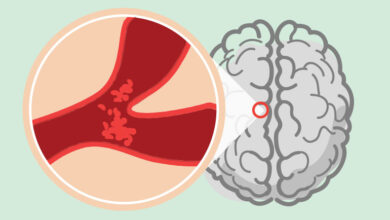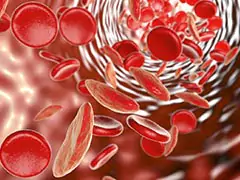Some women naturally have inverted nipples. If your nipples were always inverted, there’s no need to worry, but if they’ve recently retracted, call your doctor.
An infection of the mammary ducts called mammary duct ectasia can also change your nipple orientation. This condition commonly affects women over age 50.
A milky nipple discharge is perfectly normal if you’ve recently given birth or if you’re breastfeeding.
Even if you’re not pregnant or nursing, nipple discharge is usually a sign of a benign condition, such as:
- an underactive thyroid gland
- injury to the breast
- infection
- a noncancerous or benign tumor
- some medicines, including birth control pills
If fluid comes out when you squeeze your nipples, it’s likely just the natural fluid that’s carried through your breast ducts. This fluid can be yellow, green, or brown.
Breast skin changes
A change in the color or texture of the skin on your breast can be a sign of breast cancer.
Look for these types of changes:
- scaling or flakes
- crusting
- dimpling or puckering, which causes the skin to become textured like an orange peel
- swelling
- redness
- bleeding
- sores that don’t heal
- itching
- change in skin color
- visible veins in the breast, which can be a sign of increased blood flow to the cancer
Skin changes aren’t necessarily cancer, but they can sometimes warn of a rare type of breast cancer, like Paget disease or inflammatory breast cancer. Let your doctor know if your skin doesn’t go back to its normal appearance within a few days.
What other conditions can cause breast skin changes?
A few other skin conditions can affect your breasts, including:
- rashes
- moles
- skin infections
Skin changes such as rashes and skin infections should clear up within a few days. If they don’t go away, have your doctor take a look.
Change in breast size
Sometimes when you have cancer, one breast will grow larger than the other. Look for a sudden change in breast size, or a breast that continues to grow. Any unexpected changes to your breast size warrant a call your doctor.
What other conditions can cause breast pain?
Breast pain usually isn’t a symptom of cancer.
More common causes of discomfort include:
- puberty
- menstrual periods
- pregnancy, especially during the first trimester
- breastfeeding
- injury to the breast
- past breast surgery
- an infected milk duct (mastitis)
- menopause
- fibrocystic breasts
Certain medicines may also cause breast pain:
- antidepressants, such as escitalopram (Lexapro), venlafaxine (Effexor XR), and sertraline (Zoloft)
- diuretics, such as spironolactone (Aldactone)
- digitalis medicines, such as digoxin (Digox)
- high blood pressure medications, such as methyldopa (Aldomet)
- chlorpromazine (Thorazine)
- herbal remedies, such as ginseng
The pain may feel like a burning, tightness, prickling, or stabbing. If your pain isn’t connected with your period or another hormonal transition, and it doesn’t go away, see your doctor.
What you should do next
If you notice any unusual symptoms or unexpected changes in your nipples or breasts, consult your doctor. Be sure to mention any family history of cancer, as this may affect your risk level.
After assessing your symptoms and performing a physical exam, your doctor might send you for a mammogram. A mammogram is an X-ray used to diagnose breast cancer.
If you do have cancer, catching it early will give you a good chance of successfully treating it.
Your symptoms may also be a sign of another underlying condition. Your doctor will work with you to determine the best course of treatment and care.
No matter the cause, you should get in the habit of regularly checking your breasts for any changes like lumps, swelling, or discoloration. If you notice anything different, make an appointment with your doctor.




